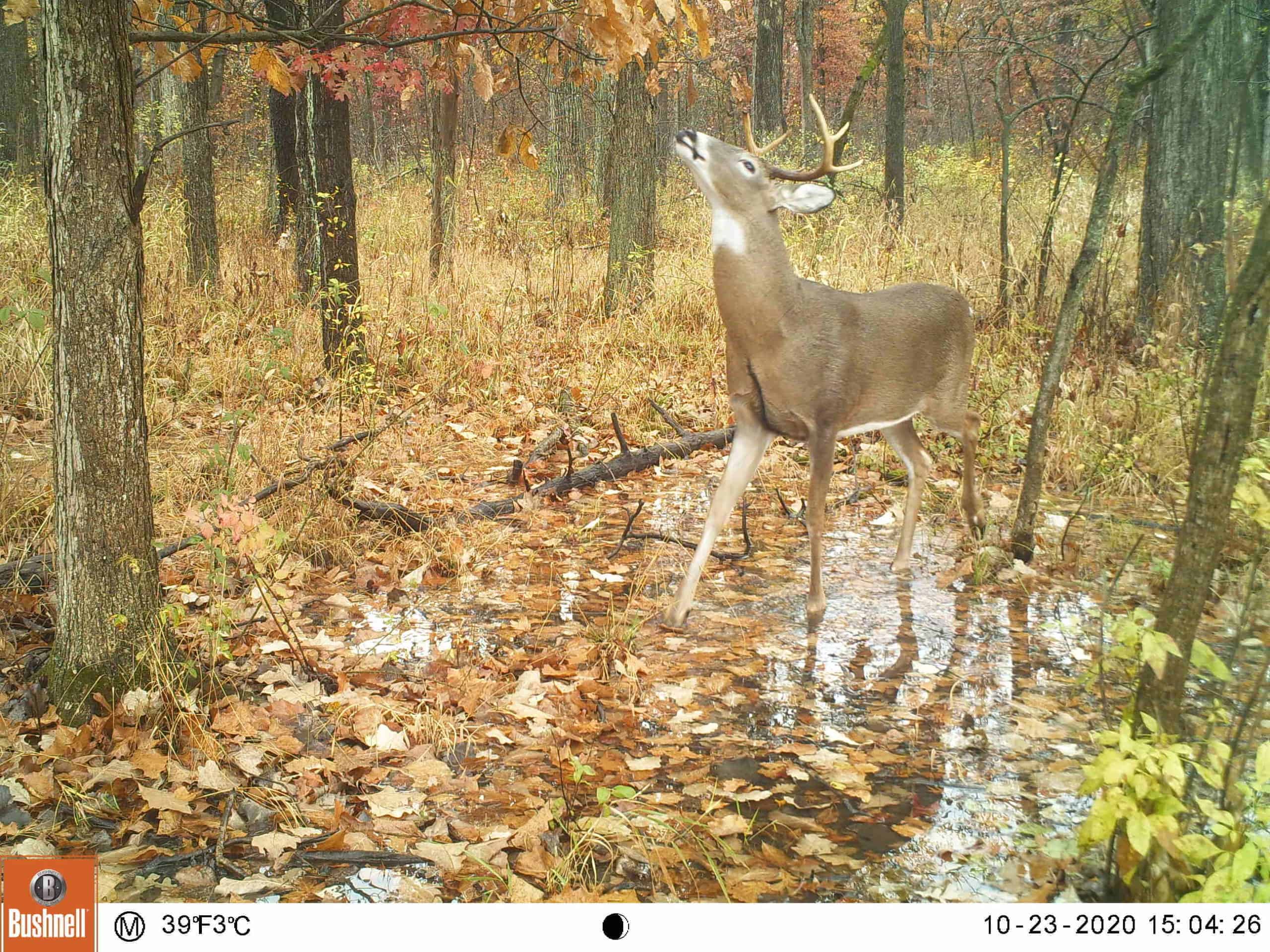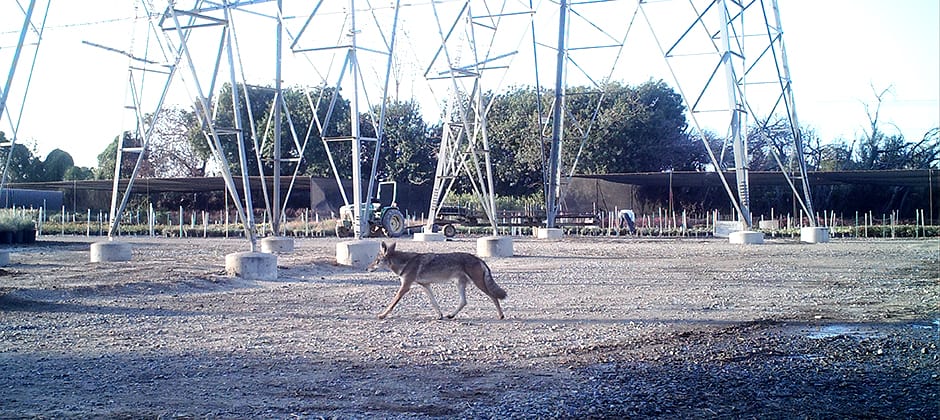Share this article
Is wildlife in cities a luxury?
Just as researchers increasingly realize the importance of urban areas for wildlife, they’re also discovering how important wildlife is for city dwellers. The presence of wildlife has been associated with positive mental and physical health. But researchers recently found that poorer neighborhoods also often have poorer mammal biodiversity. They call this the “luxury effect.”
“There can be major differences in how green space is managed based on socioeconomic status in a given neighborhood,” said Austin Green, a PhD candidate at the University of Utah. “This brings forth not just a city planning problem but an environmental justice issue as well.”
Urban wildlife, especially urban mammal communities, tend to be understudied, Green said, in part because trapping and shining flashlights in people’s backyards isn’t too conductive to city living. But remote cameras have allowed researchers to gather data on urban wildlife they couldn’t get before. Leveraging these cameras and the data they gather, researchers at Lincoln Park Zoo’s Urban Wildlife Institute in Chicago created the Urban Wildlife Information Network to better understand the ecology and behavior of urban species across cities throughout the world. Within the network, each partnering city follows the same sampling protocol and methodology.
In a study published in Global Change Biology led by Seth Magle, director of the Urban Wildlife Institute at Lincoln Park Zoo in Chicago, and Mason Fidino, also at Lincoln Park Zoo, researchers tapped into this network to look at the effects of urbanization and wealth on mammal communities.

Deer in Chicago, Illinois. Credit: UWIN
“Camera traps are revolutionizing the ways we can study urban mammals,” said Green, one of the study’s co-authors.
Between July 2016 and January 2020, they collected camera trap images from 20 cities across the U.S. and Canada, from downtown cores to the outskirts. The images showed species as small as a squirrel and as large as a moose (Alces alces). Raccoons (Procyon lotor) were the most common. North American porcupines (Erethizon dorsatum) were the rarest.
They found that human population density and impervious surface cover like concrete or asphalt most negatively affected biodiversity of mammals in cities. In Phoenix, the downtown had just a third of the species found in the outskirts.
When the researchers added average median income to the equation, they found socioeconomics often played a factor, too.
“Some cities had stronger luxury effects than others,” Green said. Nine of the 20 cities had a significant luxury effect, including St. Louis, which had the strongest correlation between income and biodiversity. On the other hand, Salt Lake City didn’t show a significant luxury effect.
The reasons behind income having an effect in some areas and not others aren’t known yet, but it’s something Green said is important to study further. By studying how cities are planned, he said, researchers can “start looking at why these differences occur.”
Header Image: A coyote in the Los Angeles metro area. Credit: UWIN








